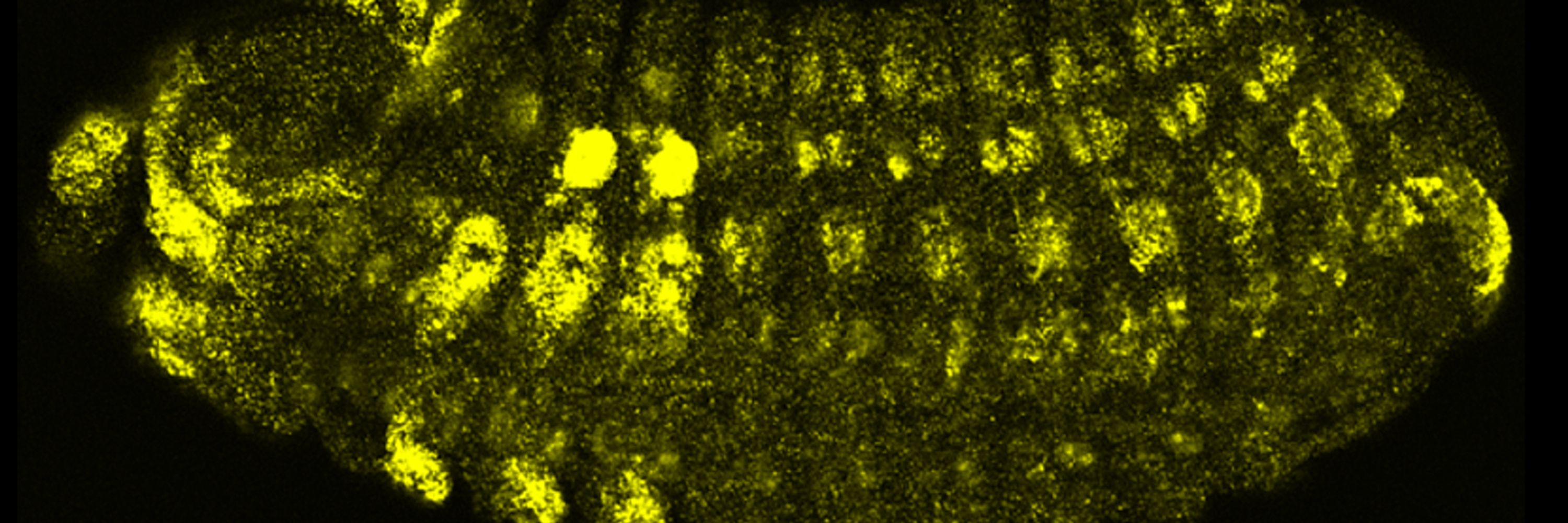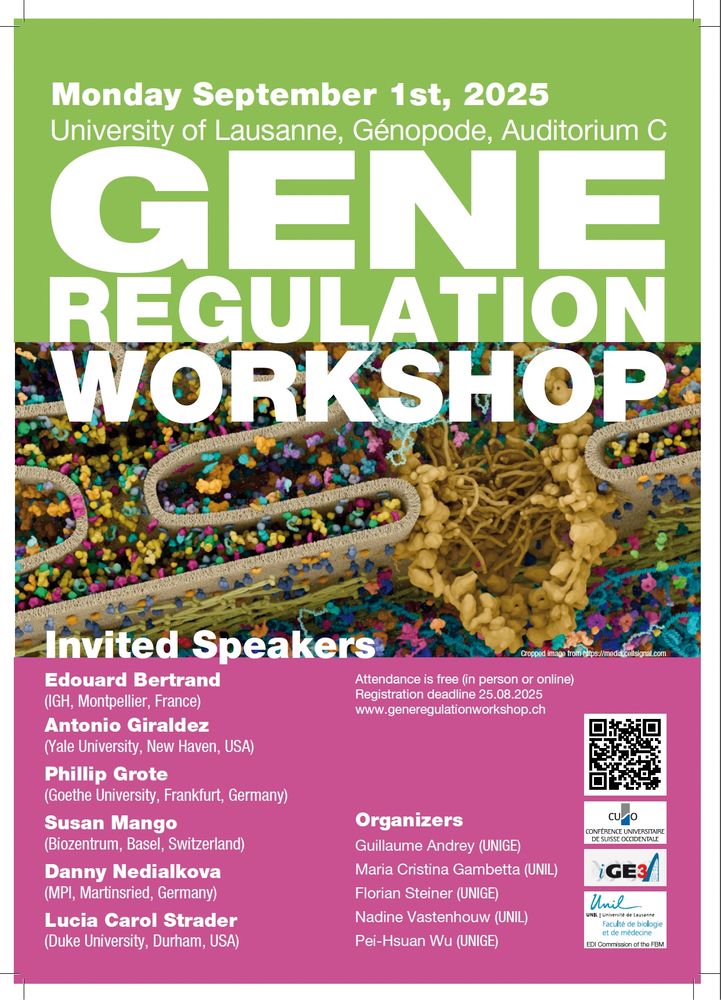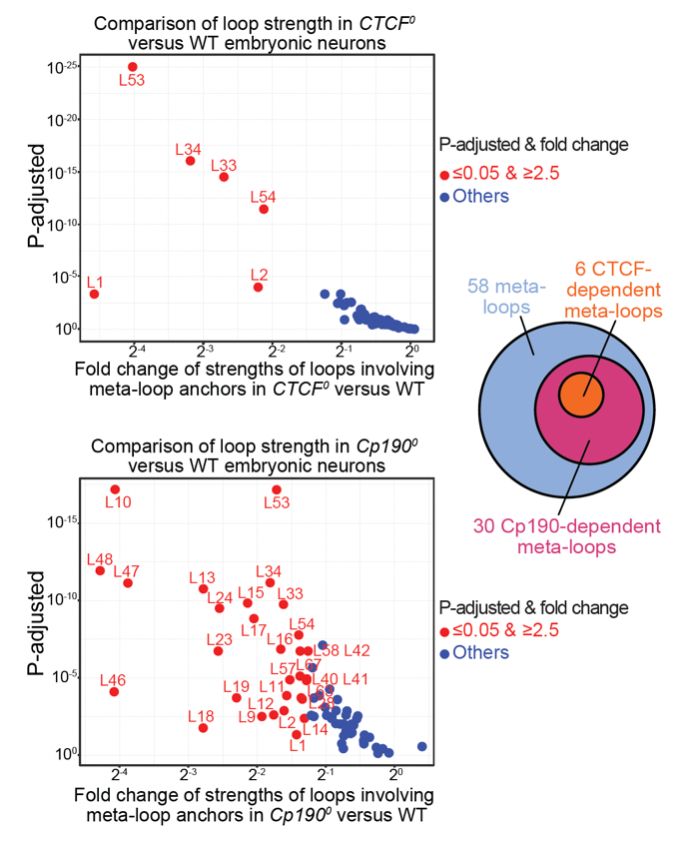MC Gambetta
@mcgambetta.bsky.social
430 followers
75 following
24 posts
Associate Professor at Center for Integrative Genomics (University of Lausanne)
Posts
Media
Videos
Starter Packs
Reposted by MC Gambetta
MC Gambetta
@mcgambetta.bsky.social
· Jun 6
MC Gambetta
@mcgambetta.bsky.social
· Apr 18
MC Gambetta
@mcgambetta.bsky.social
· Apr 18
MC Gambetta
@mcgambetta.bsky.social
· Feb 13
MC Gambetta
@mcgambetta.bsky.social
· Feb 13
Reposted by MC Gambetta
MC Gambetta
@mcgambetta.bsky.social
· Nov 15
MC Gambetta
@mcgambetta.bsky.social
· Nov 15
MC Gambetta
@mcgambetta.bsky.social
· Nov 15

Systematic screening of enhancer-blocking insulators in Drosophila identifies their DNA sequence determinants
Long-range transcriptional activation of gene promoters by abundant enhancers in animal genomes calls for mechanisms to limit inappropriate regulation…
www.sciencedirect.com
MC Gambetta
@mcgambetta.bsky.social
· Nov 15
MC Gambetta
@mcgambetta.bsky.social
· Nov 15

Systematic screening of enhancer-blocking insulators in Drosophila identifies their DNA sequence determinants
Among the regulatory element classes that determine gene expression patterns, enhancer-blocking
insulators have not been systematically characterized in genomes due to a lack of
high-throughput screen...
www.cell.com













